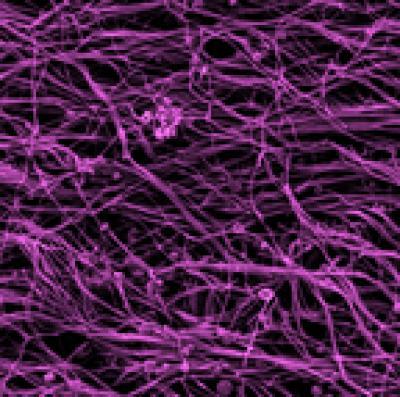Scientists have long known that species such as amphibians and fish can regenerate retinal cells — so why can’t mammals? The third report from the Albert and Mary Lasker Foundation and the International Retinal Research Foundation’s 10-year collaboration, recently published in Translational Vision Science & Technology (TVST), addresses this and other questions.
The special report is a result of the work and discussions among key leaders in retinal degeneration, ocular genetics, electrophysiology and sensorimotor research, molecular biology, neuro-ophthalmology, nanotechnology and regenerative medicine in a series of workshops and a plenary session that took place over a two-year period.
Their aim was to explore which approaches to restoring sight are most promising and most likely to benefit the greatest number of blind individuals who have lost vision as a result of retinal degenerative disease.

“The notion that restoring vision to the blind is possible has long been thought to be fanciful,” explains John E. Dowling, PhD, FARVO, Gordon and Llura Gund Professor of Neuroscience at Harvard University, who chairs the Lasker/IRRF Initiative for Innovation in Vision Science with the guidance of a Lasker/IRRF Joint Advisory Board and collaborating executives. “However, beginning as far back as the 1960s, vision scientists began to investigate the possibility of restoring vision to the blind by activating neurons in the visual pathways beyond the eye, namely in the visual cortex. These early experiments showed that it is possible to elicit visual sensations in humans by electrically stimulating neurons in the visual cortex.”
Each of the eight chapters of the report is devoted to a specific topic including visual prostheses, optogenetics, gene therapy, stem cells, endogenous regeneration, neuroprotection, vision aids and endpoints. The chapters describe them in detail with indications as to what the major questions are that need to be addressed and how to go about answering these questions where possible.